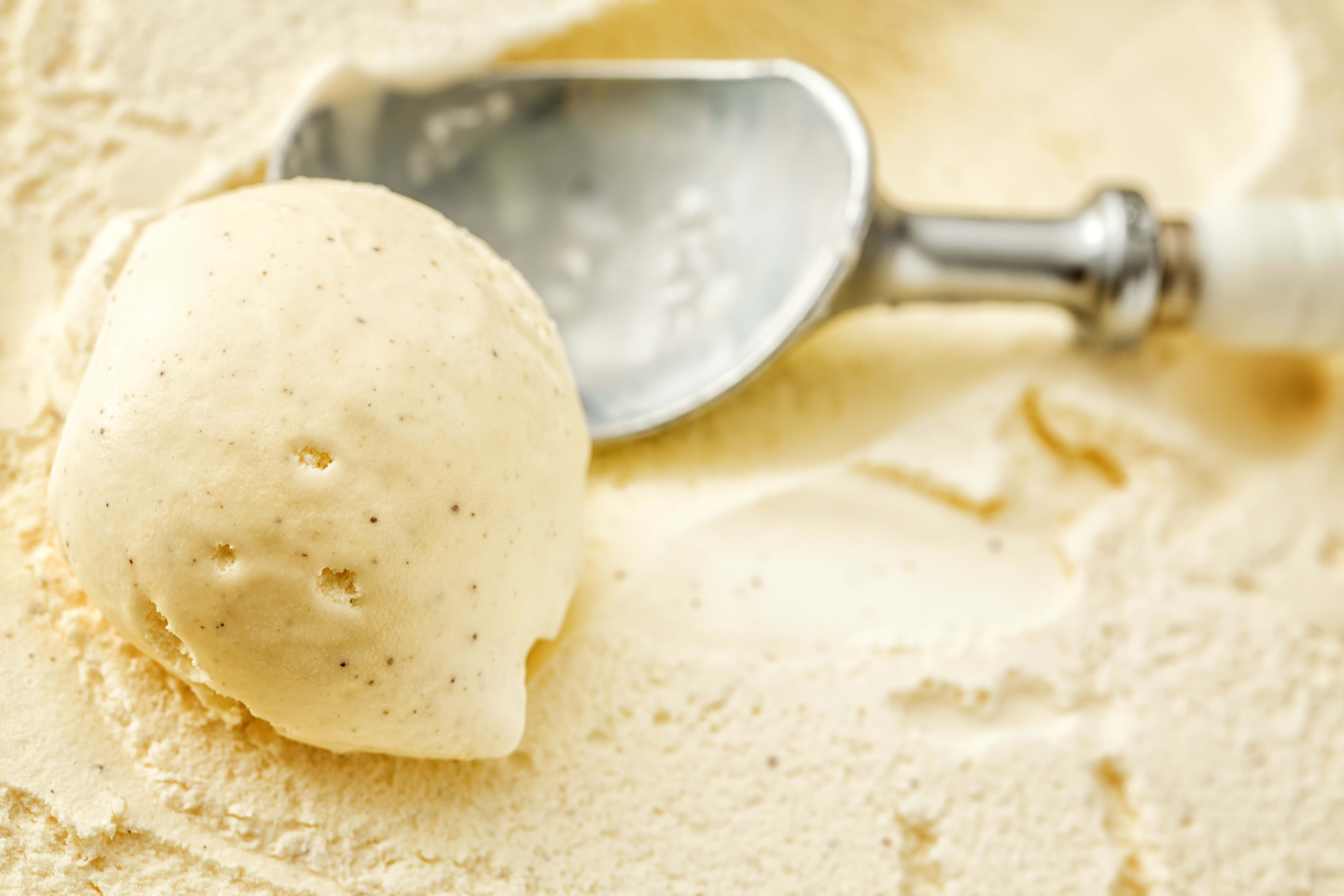Sure, you may pride yourself on the fact that you know chocolate milk does not come from brown cows, but how are strong is your knowledge of other dairy products? Don’t worry, if you can’t tell ice cream from frozen custard, we’ve got you covered.
Depending on where you grew up or where you live in the world, your idea of the perfect dairy dessert may differ. While the federal government has strict standards for many of these frozen treats regarding how they’re manufactured, others may be characerized merely by the fact that they do not fall within the parameters of the Food and Drug Administration’s standards of identity for how these products should be labeled.
Ice Cream & Frozen Custard

According to the FDA’s standards of identity for ice cream, it’s “produced by freezing, while stirring, a pasteurized mix” consisting of one or more of a slew of “optional dairy ingredients.”
That includes all manner of milk: condensed, concentrated, evaporated, sweetened, skim, buttermilk, and more — as well as cream and “plastic cream,” which is not plastic and is sometimes known as concentrated milk fat.
For a product to be labeled ice cream, it also has to contain no less than 10% milk fat, and must weigh no less than 4.5 lbs. to the gallon. This is what’s known as “overrun” — it refers to the amount of air that’s whipped into the product. The standard prevents manufacturers from, essentially, selling you air.
Unless it’s frozen custard, ice cream should contain less than 1.4% percent egg yolk solids by weight of the food, not including the weight of any bulky flavoring ingredients.
On that note… While both ice cream and frozen custard are made with a foundation of milk, cream, and sugar, custard should contain 1.4% egg yolk solids by weight of the finished food, the FDA says.
The FDA also has a standard for goat’s milk ice cream, which is prepared exactly the same way as regular ice cream except that the only optional dairy ingredients that may be used come from goats — surprise!: Goat’s skim milk, goat’s milk, and goat’s cream.
In general, you can rest easy knowing you’re eating ice cream or frozen custard if those words are on the label. So if you spot a product on the shelves reading “frozen dairy dessert,” though might contain milk and other ingredients in ice cream, they may be filled with more air or otherwise fall short of the FDA’s requirements.
Gelato

While gelato is related to ice cream, the Italian version is usually creamier and more spreadable, because it has less air whipped into it than ice cream. It also contains less butterfat than ice cream — around 4% to 9% — and is served at a higher temperature, explains Luciano Ferrari, senior instructor and technical director at the Carpigiano Gelato University in Bologna, Italy, explained to Consumerist via email.
“Consequently, gelato provides a greater flavor experience because there is less fat that coats the taste buds, more flavor per spoonful — due to lower quantity of air — and the taste buds are more alive since the temperature is not so cold as to dull their sensitivity,” Ferrari noted.
And while you may find gelato on supermarket shelves now in the U.S., he says “authentic” gelato is produced fresh almost every day in relatively small quantities, and is sold directly to the public in a large number of flavors.
Three Characteristics Of Great Gelato
According to Ferrari, a great gelato meets the below three points. “A not-so-great gelato is missing at least one.”
1. Taste shall be natural, clean, intense, lasting and not end up leaving just sweetness in your mouth.
2. Structure must be creamy and spreadable. This means gelato should never be too hard nor too soft.
3. Texture — the feel of consistency during consumption — shall be smooth and fine.
Soft Serve

Then there’s the stuff that comes out of a spout at Dairy Queen — soft serve. Because it’s never packaged and frozen, there are no FDA standards of identity for it, but most people likely think of it as ice cream.
Soft serve generally has less milk fat than ice cream and is served at a lower temperature. It’s constantly churned to introduce air, resulting in soft, fluffier texture.
According to the International Dairy Foods Association, soft serve is “typically dispensed from the ice cream freezer for immediate consumption by the consumer on cones or shakes at food service establishments.” Because it’s meant to be eaten right away, it has to be dispensed from the freezer in a semi-firm state, “which is achieved by freezing at a higher temperature, but with less air so that the product remains creamy but stiff.”
Soft serve can vary by region or restaurant preference — some mixes are more like frozen custard and contain egg yolks, while others are simply a fluffier version of ice cream.
Editor's Note: This article originally appeared on Consumerist.
















